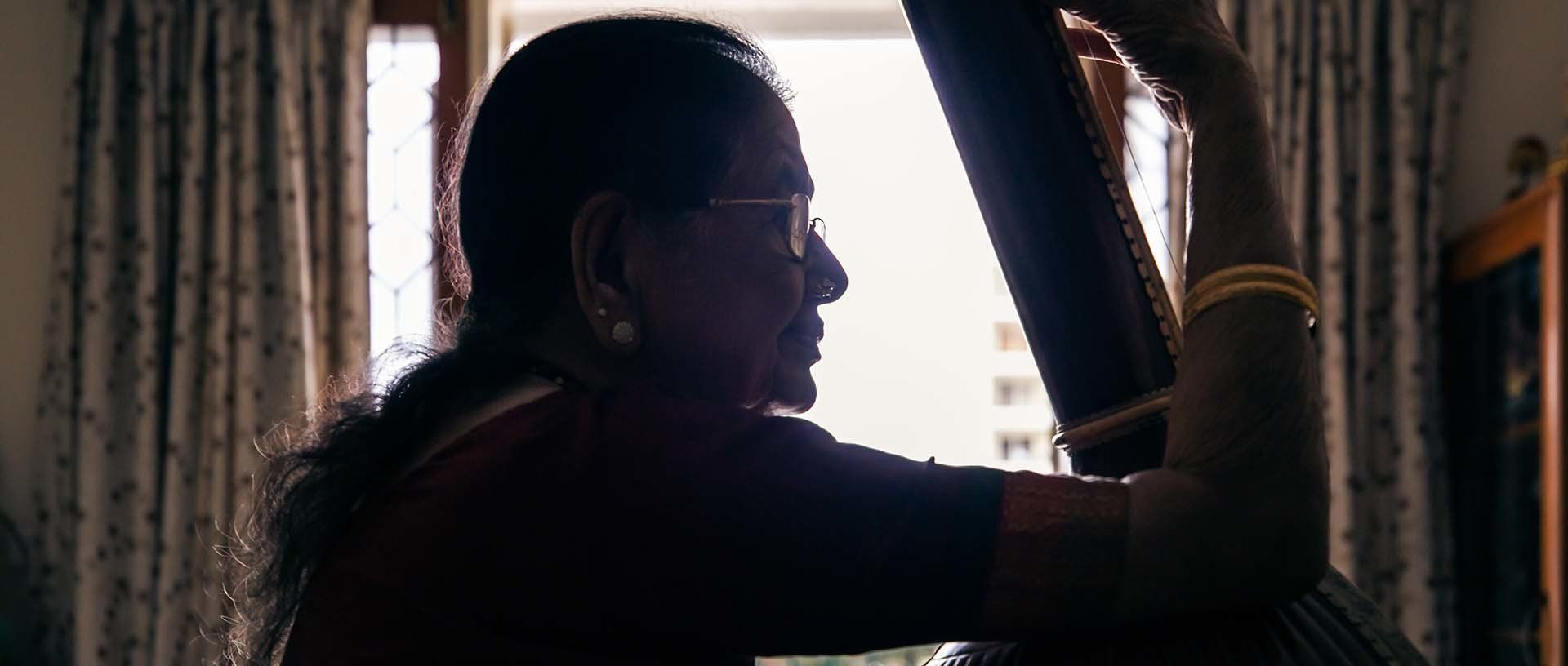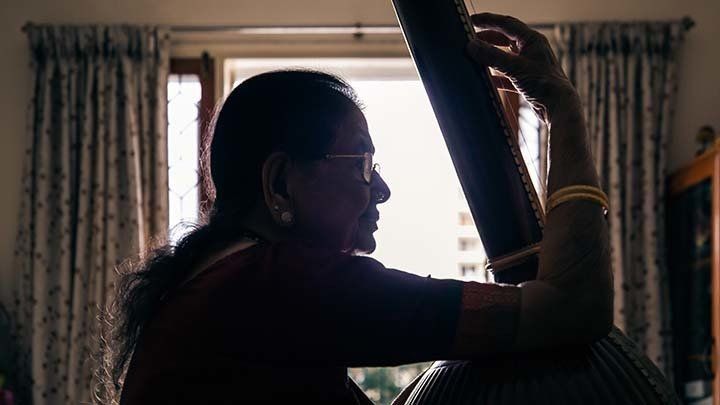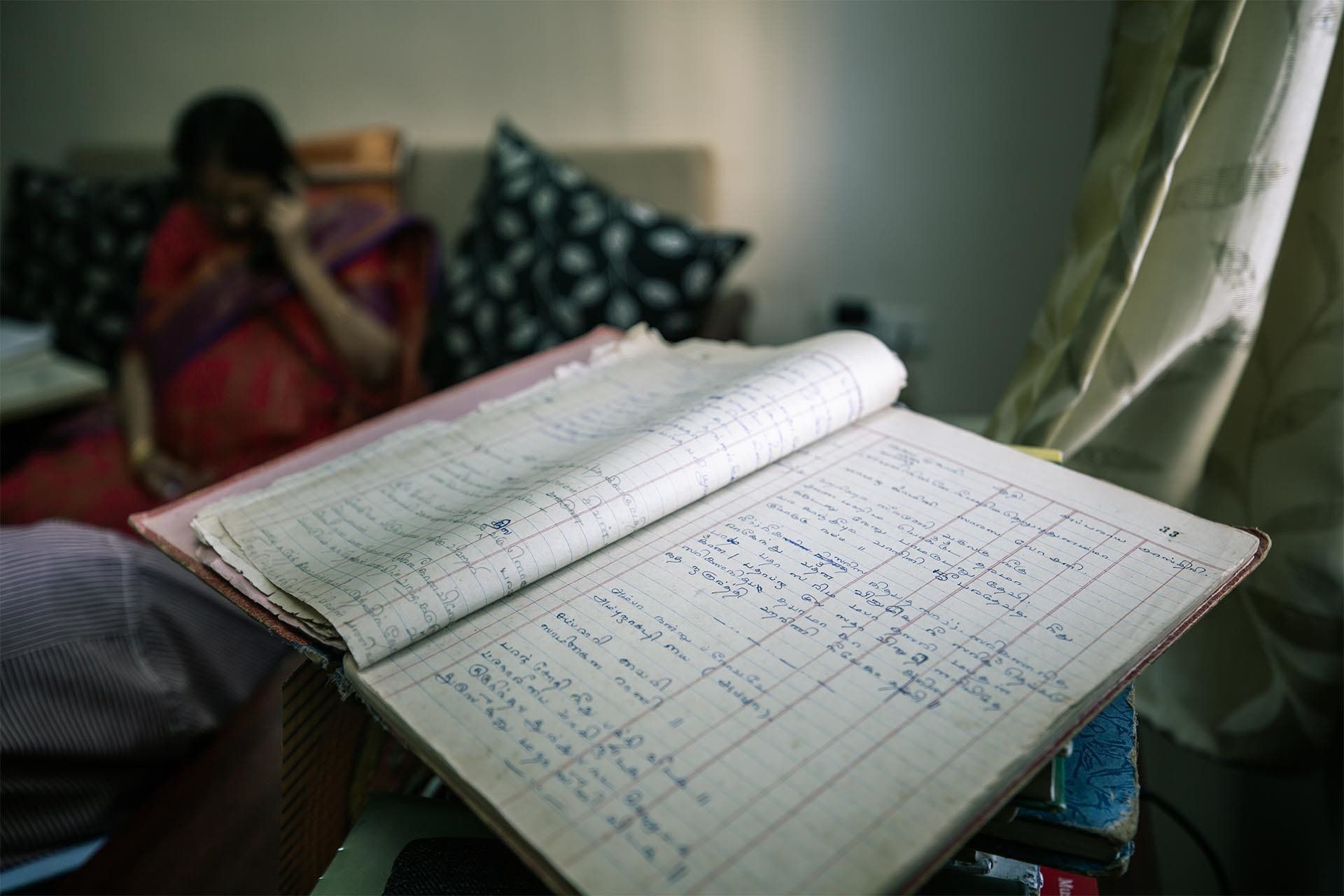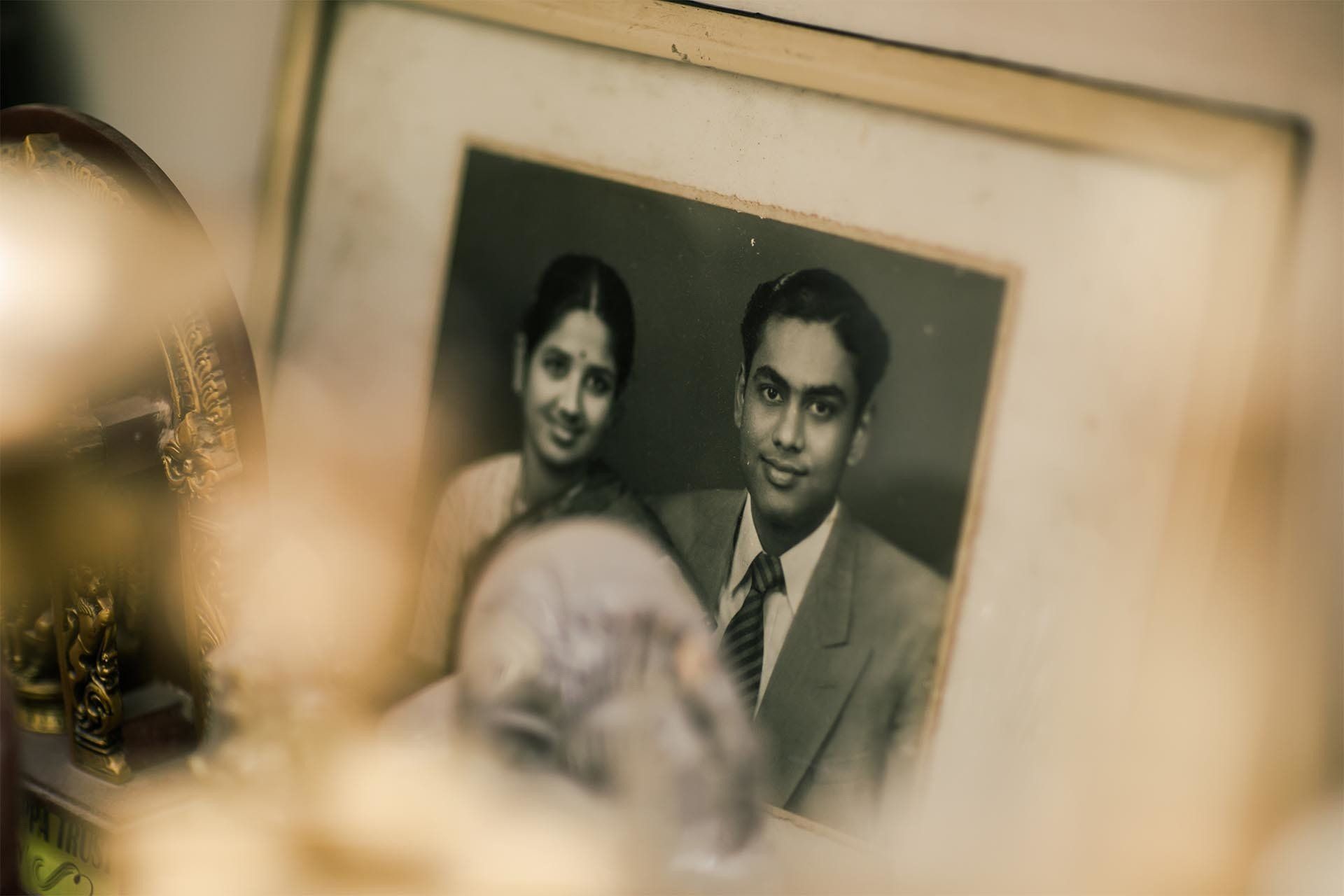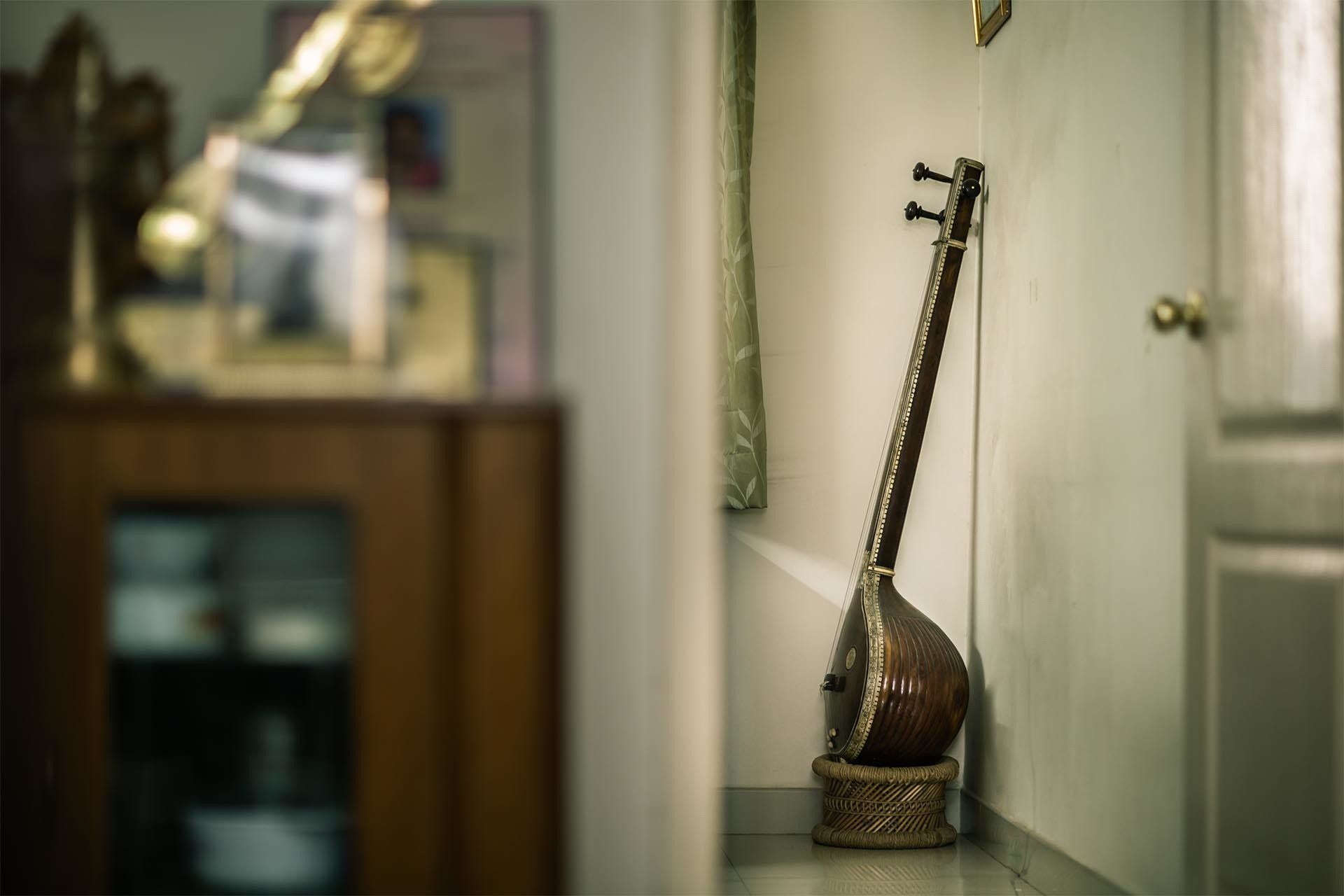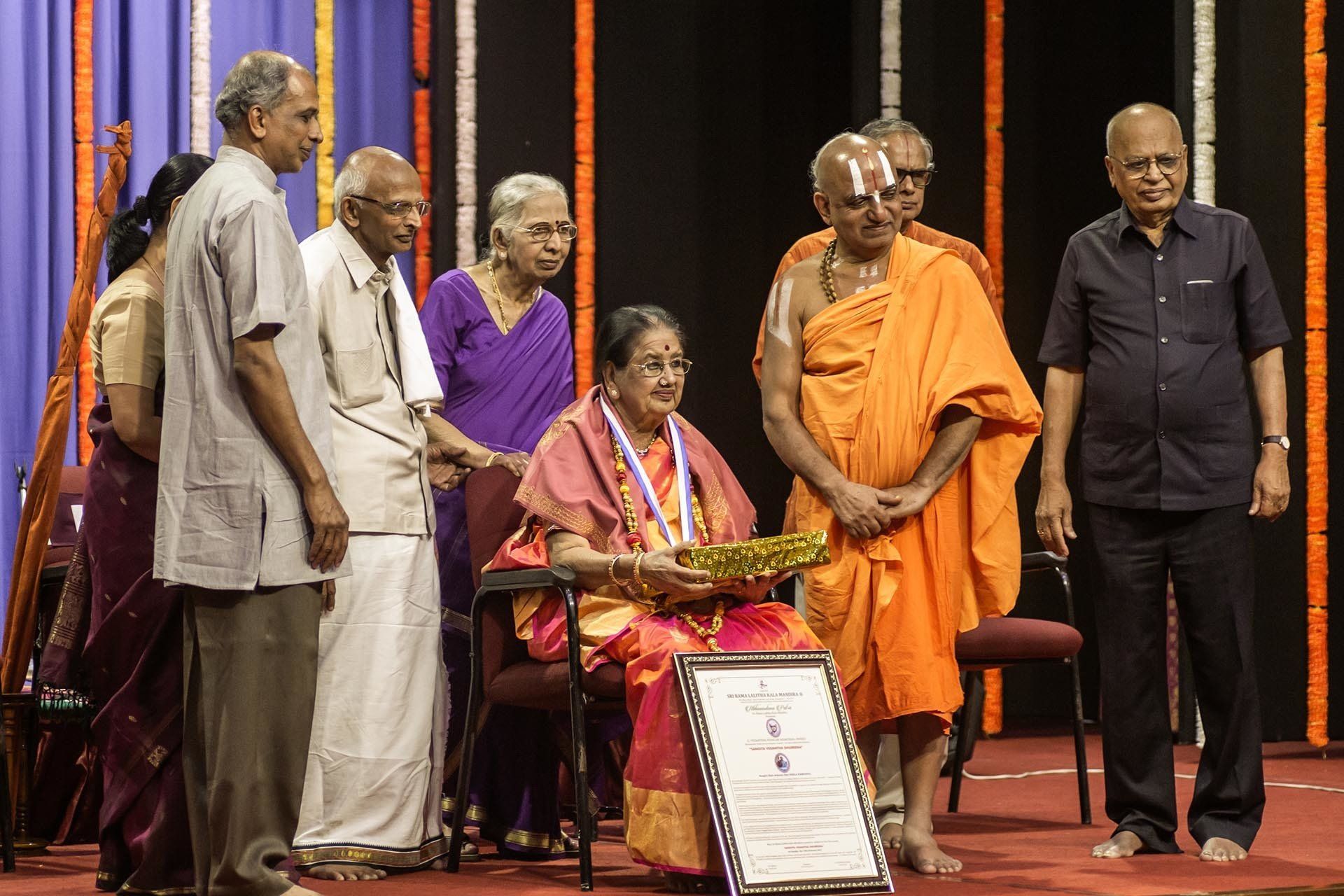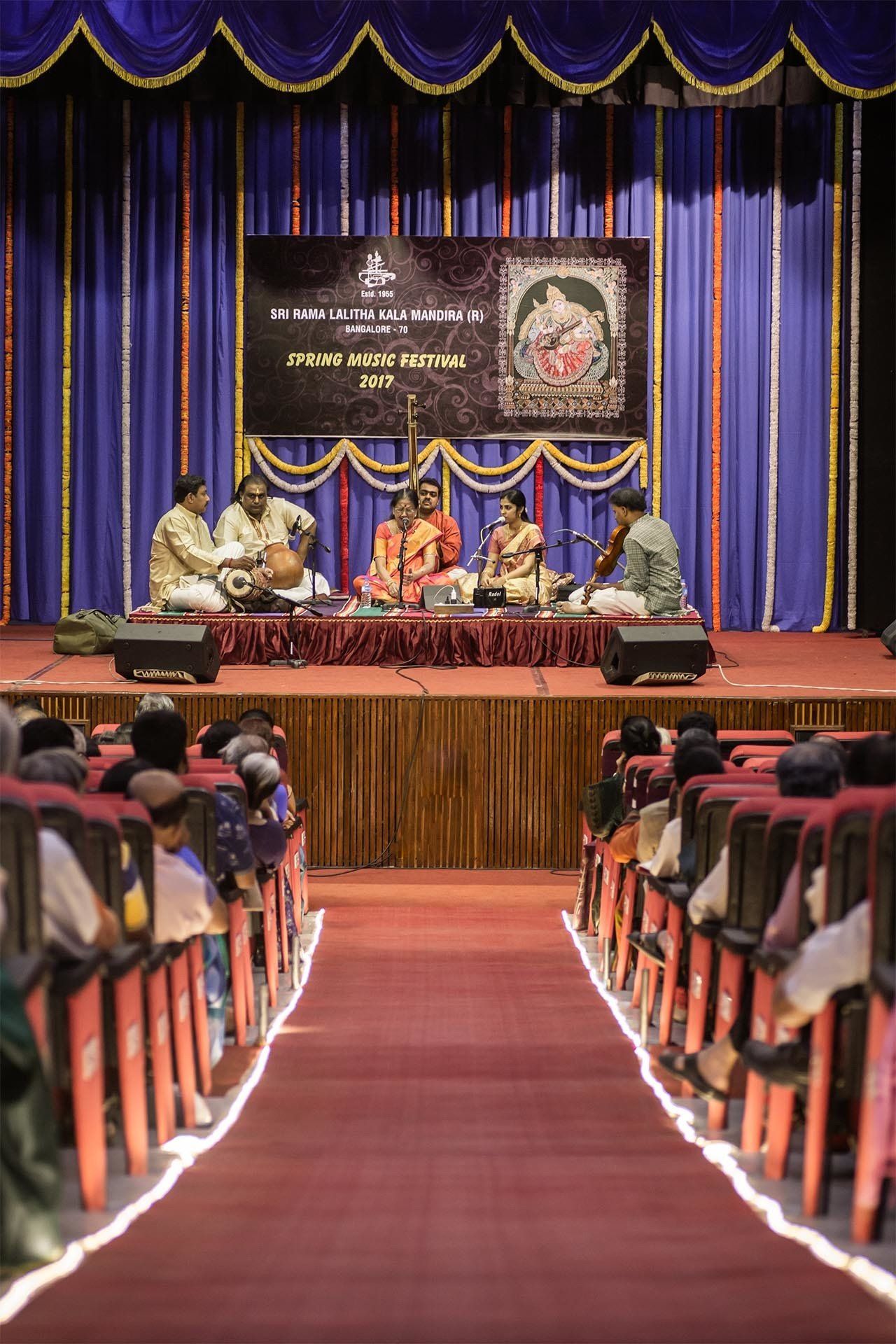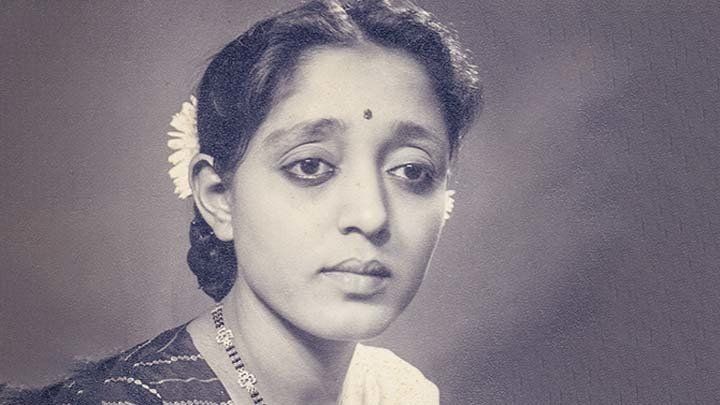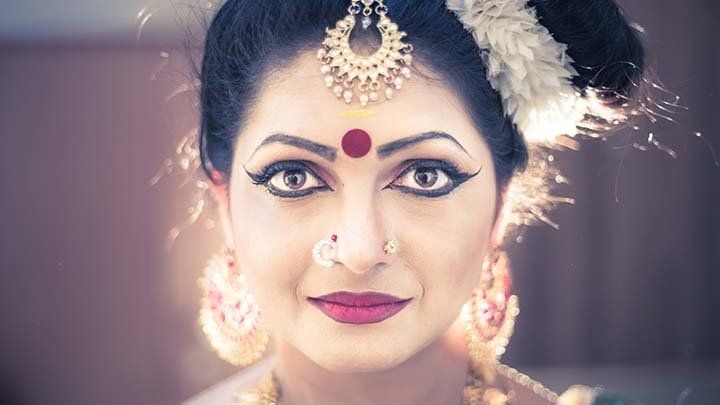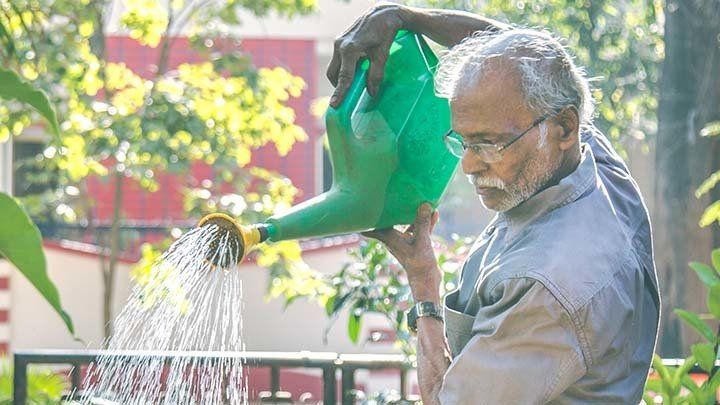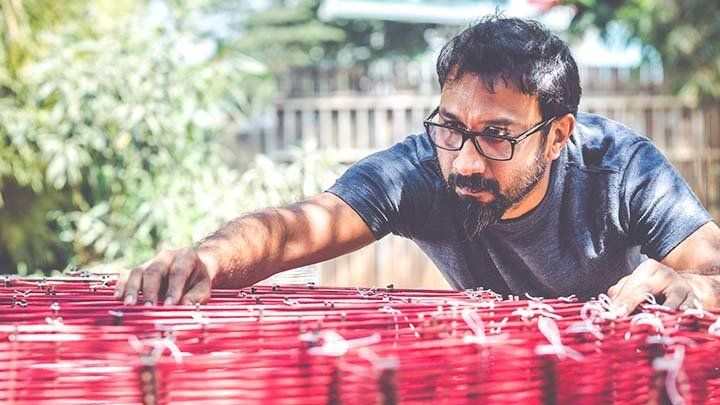- PROJECT
Client
Teepoi Showreel
Production Company
Teepoi
- CREDITS
Director & Edit
Karishma Rao
Cinematographer
Vishwesh Bhagirathi Shiva Prasad
Producer
Teepoi
Executive Producer
Vandana Druva Kumar
Editorial
Karishma Rao
Photgrapher & Illusrator
Vandana Druva Kumar
Music
Nella Ramgopal & Team
- CATEGORY
Documentary
Teepoi Stories
Visage Series
- PROJECT
Client
Teepoi Showreel
Production Company
Teepoi
- CREDITS
Director & Edit
Karishma Rao
Cinematographer
Vishwesh Bhagirathi Shiva Prasad
Producer
Teepoi
Executive Producer
Vandana Druva Kumar
Editorial
Karishma Rao
Photgrapher & Illusrator
Vandana Druva Kumar
Music
Nella Ramgopal & Team
- CATEGORY
Documentary
Teepoi Stories
Visage Series
- CATEGORY
Documentary
Teepoi Stories
Visage Series
- PROJECT
Client
Teepoi Showreel
Production Company
Teepoi
- CREDITS
Director & Edit
Karishma Rao
Cinematographer
Vishwesh Bhagirathi Shiva Prasad
Producer
Teepoi
Executive Producer
Vandana Druva Kumar
Editorial
Karishma Rao
Photgrapher & Illusrator
Vandana Druva Kumar
Music
Nella Ramgopal & Team


